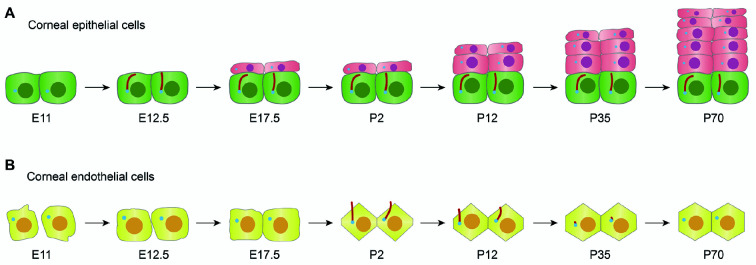Figure 2. Patterns of primary cilia during corneal development.
A: In mice, at E11, the epithelial layer begins to develop from the ectoderm; at E12.5, the epithelial layer continues to form, at which time primary cilia can be detected; at E17.5, the epithelial layer slowly develops into two layers until the mouse opens its eyelids (around P12), after which it begins to develop rapidly. By P70, the epithelial layer matures, forming a stable structure of 6−8 layers of cells. Throughout development, primary cilia only exist on basal cells. B: At E11-12.5, neural crest cells begin to migrate to form endothelial cells; at E17.5, tight junctions form between the cells. Primary cilia are not detectable throughout the embryonic period, and cell morphology is irregular. From P2 to P12, the primary cilia begin to grow, regulating hexagonal cell morphology changes; at P35, most of the primary cilia depolymerize. By P70, the primary cilia completely disappear, cells are regular hexagons, and a mature endothelial layer has developed.

